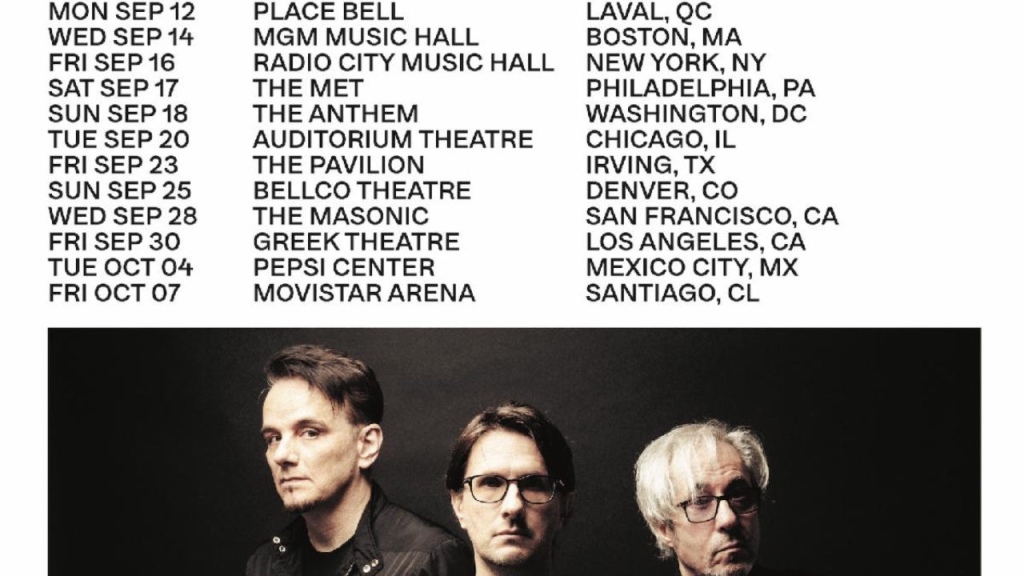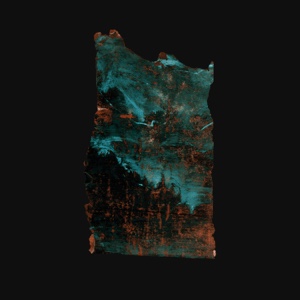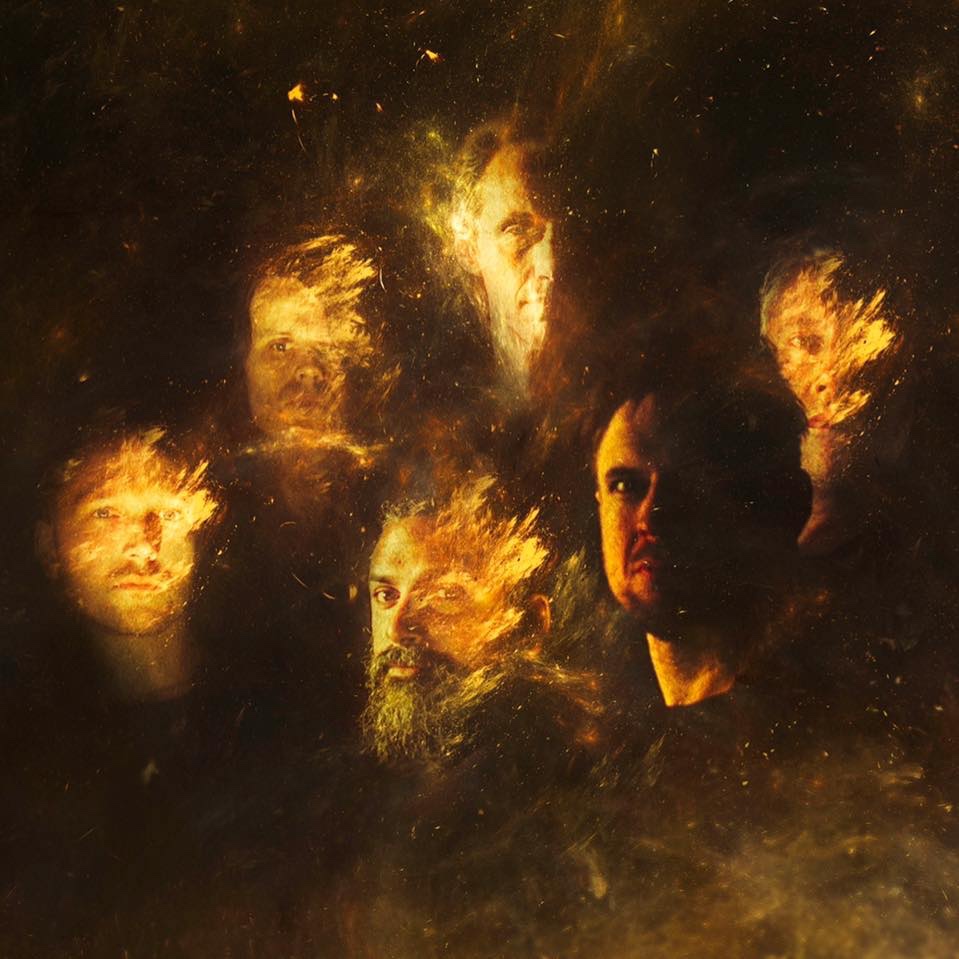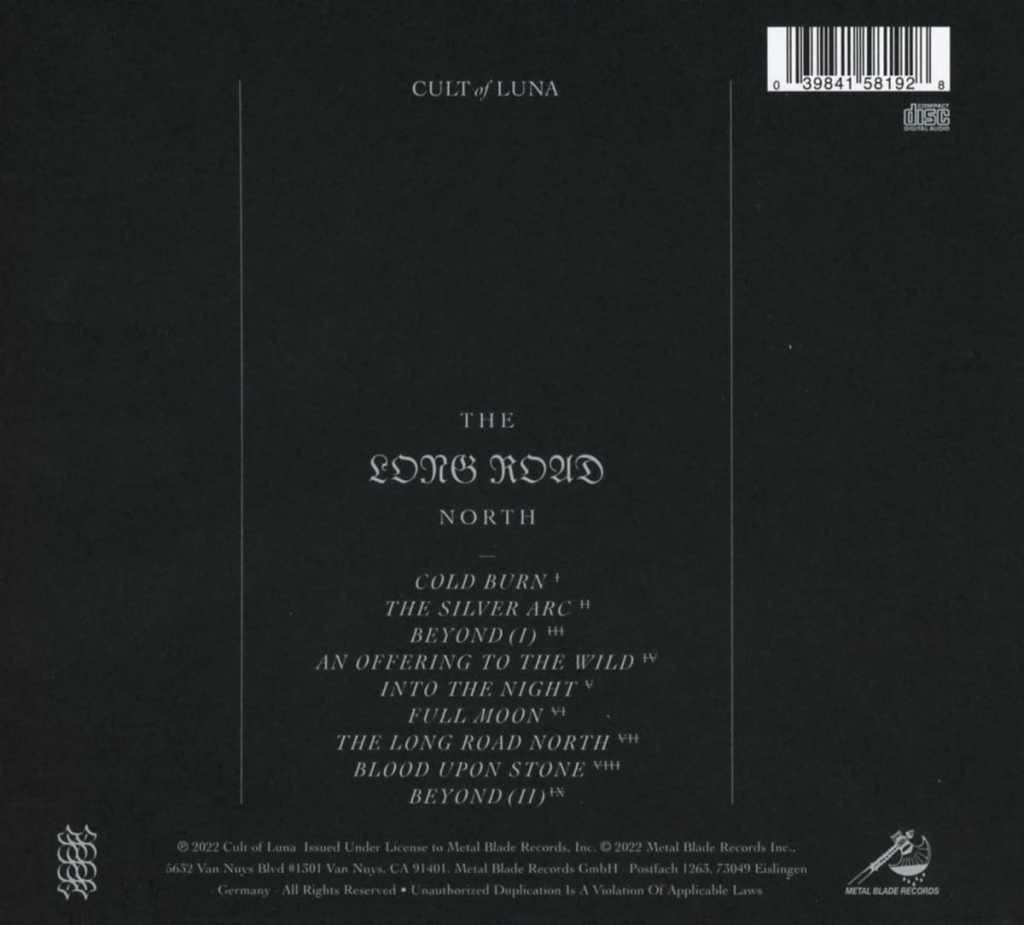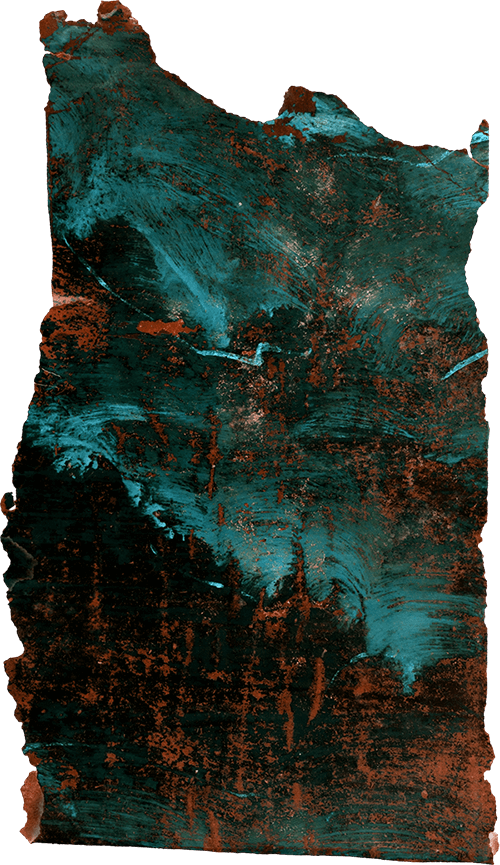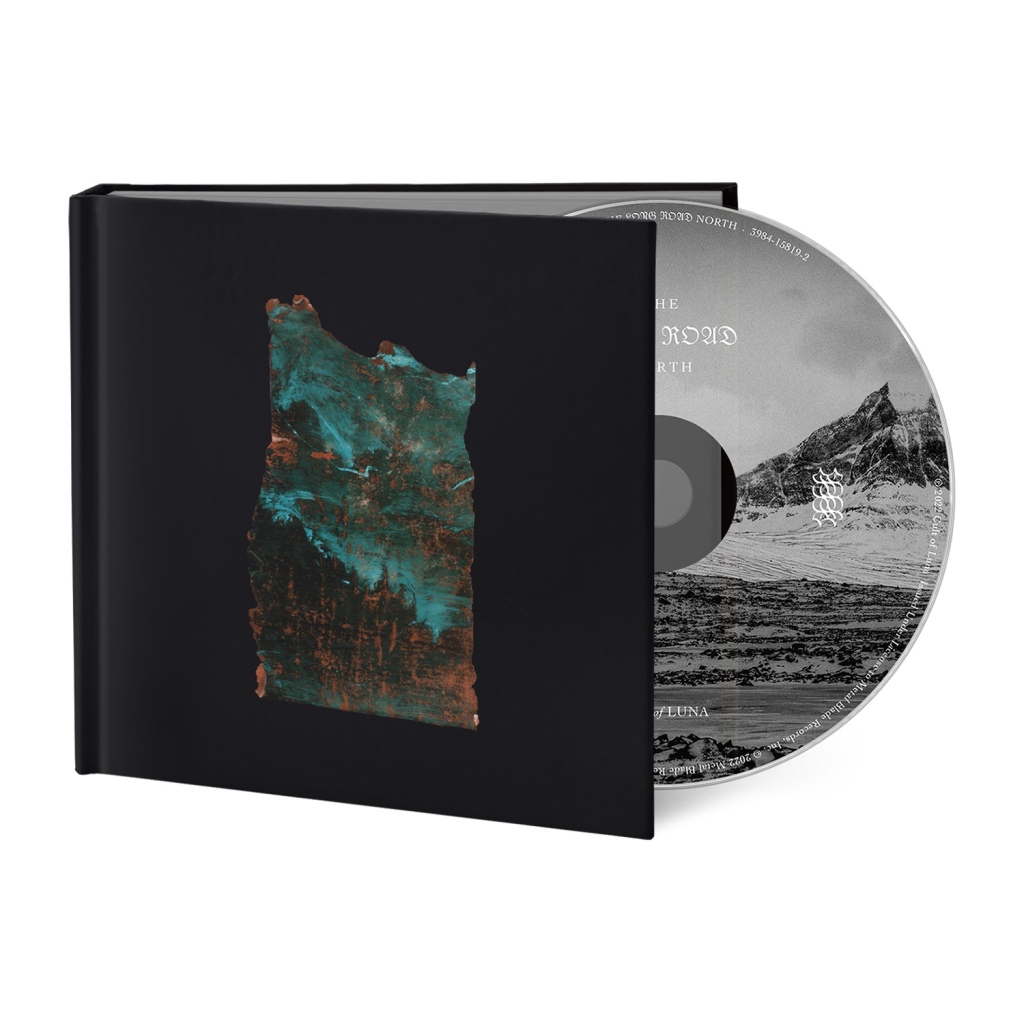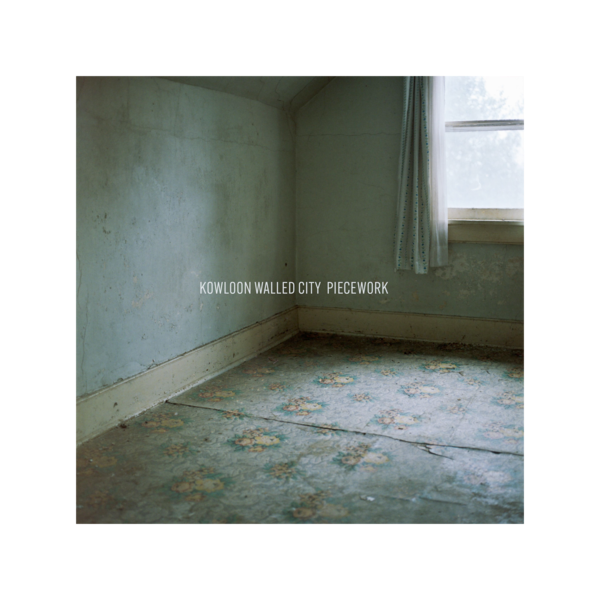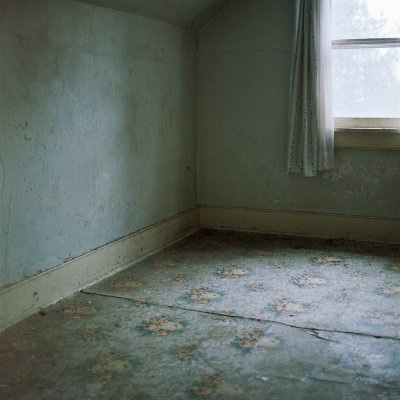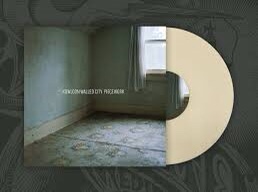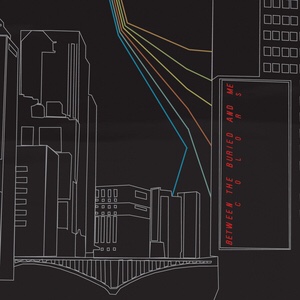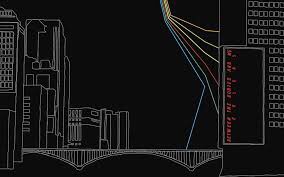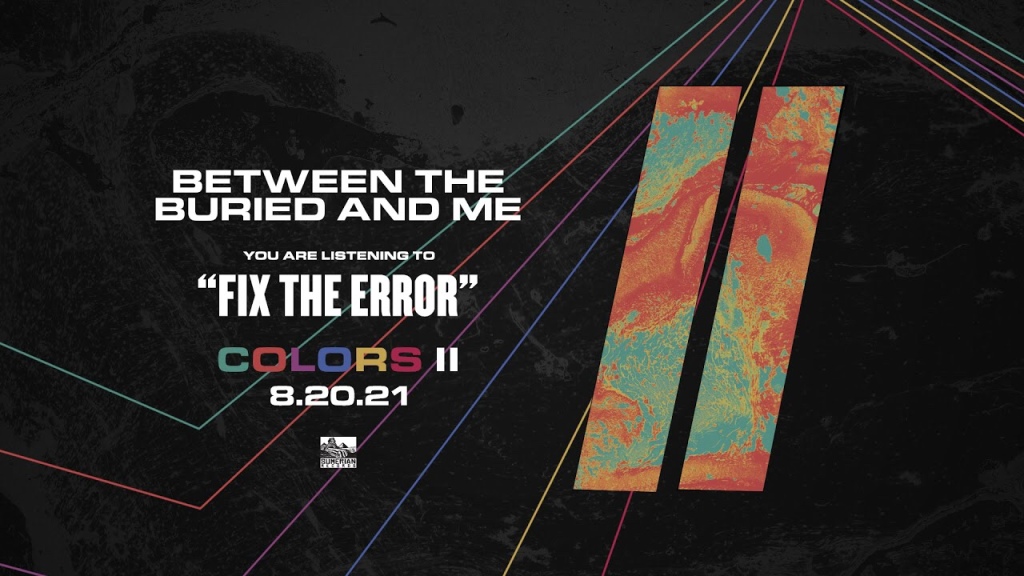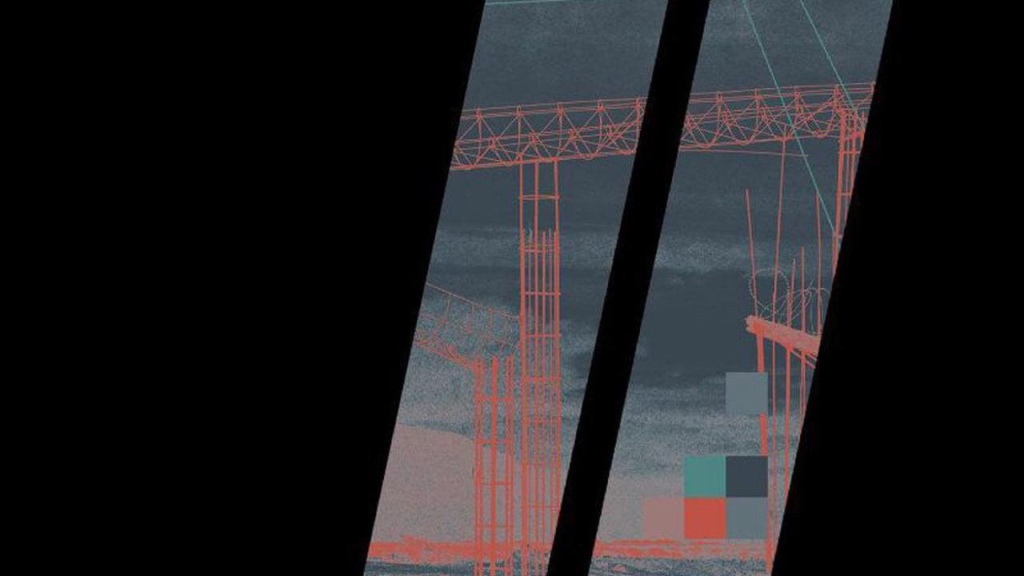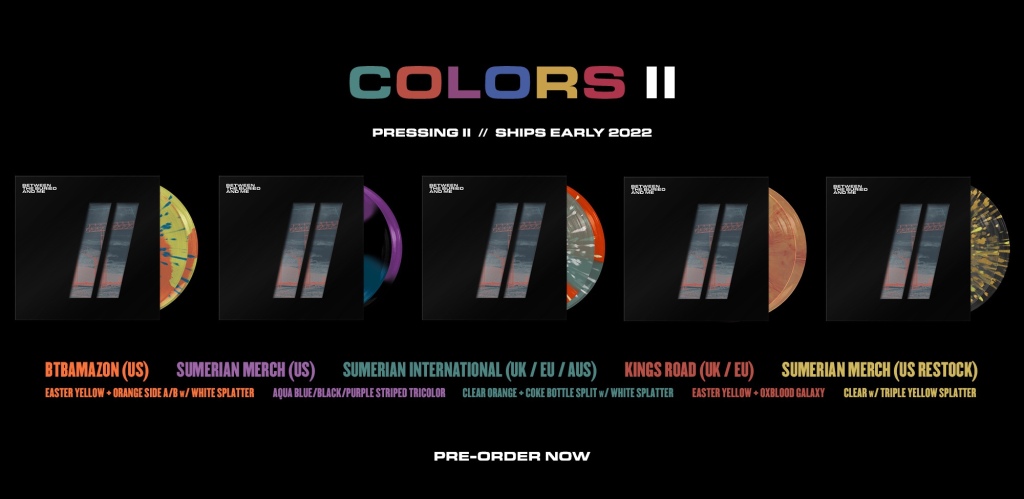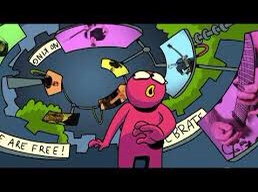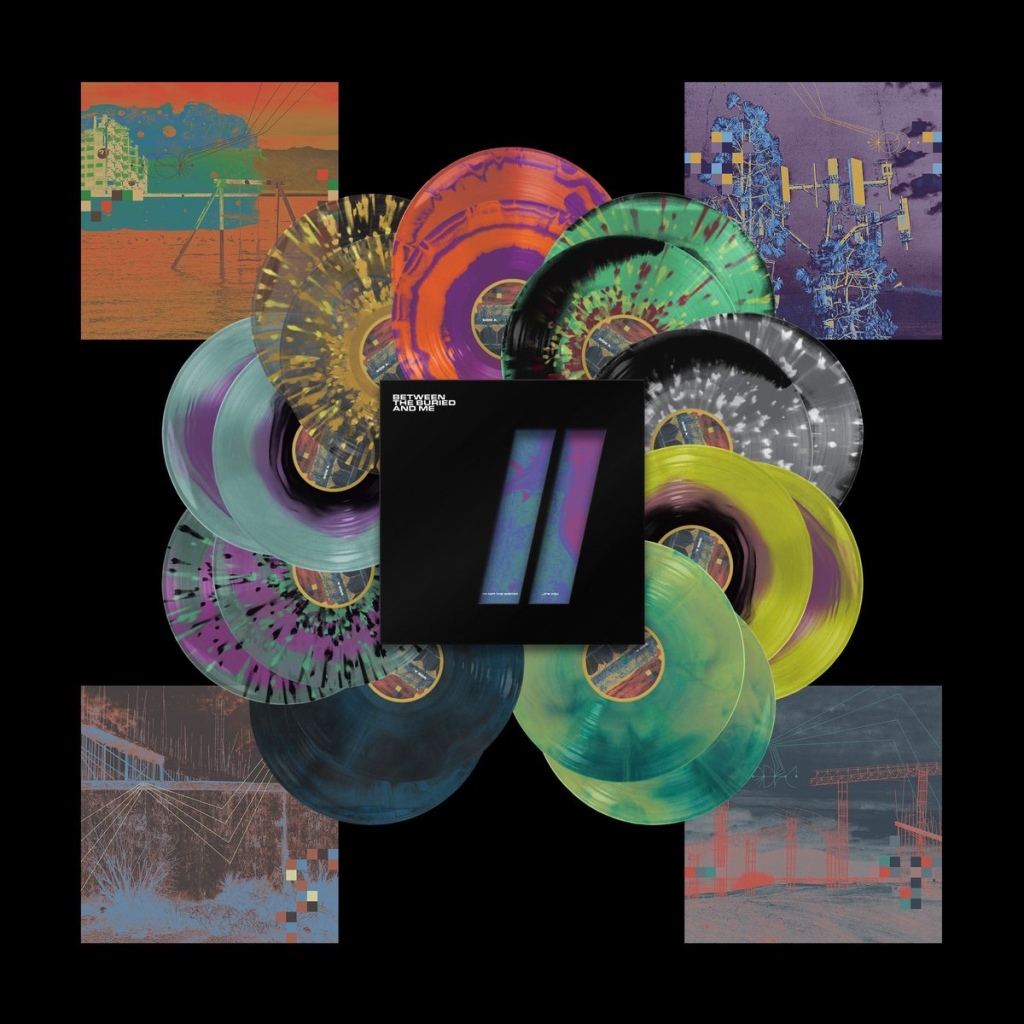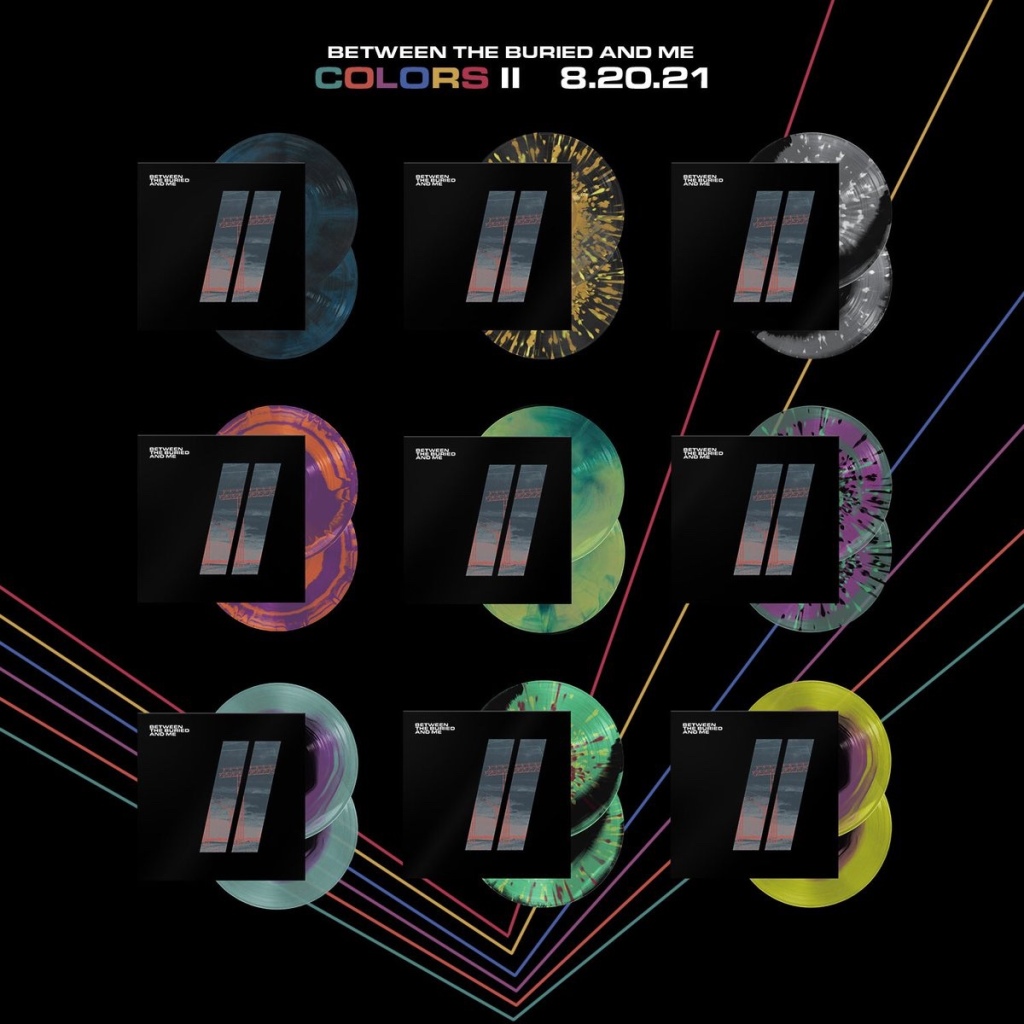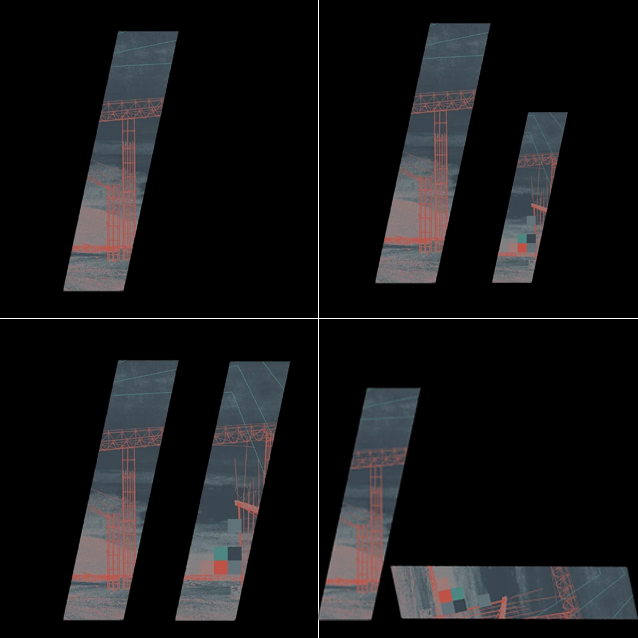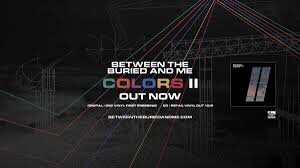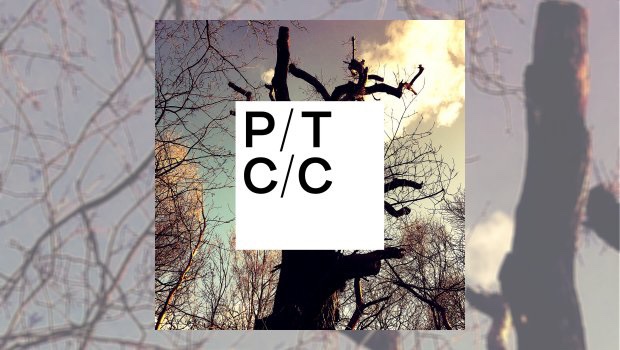
This was perhaps one of my most anticipated albums in quite sometime. However, as a Steven Wilson fan, I also knew not to expect an album like anything that came before it. This is a review of thee long awaited reunion album of one of the most loved Prog bands.
Porcupine Tree went on hiatus in 2010, at the height of their popularity, so that founding member/singer/songwriter Steven Wilson could focus on his solo career. Much has been said over the years, and without turning this into a “he said/he said”, let’s just focus on 2022. The band announced a new album, without the inclusion of former bassist Colin Edwin. The trio (Gavin Harrison on drums, Richard Barbieri along with Steven also fulfilling bass duties) have left their fate open to interpretation. Is this the swan song PT fans never got, or a sign that there’s more PT to come? I think the upcoming tour will determine that. But in the meantime, let’s talk about the new music!
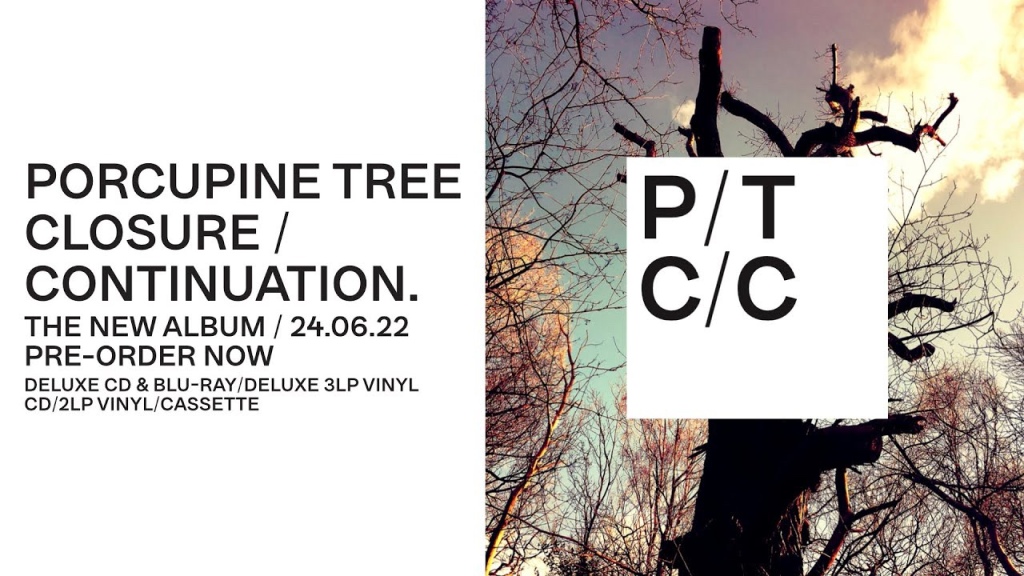
4 tracks were released ahead of times as singles. I listened to the first two (the first two tracks on the album), before waiting to hear the rest in one sitting. Hearing songs out of context can always be underwhelming, and with so much riding on this album in my mind, I was already feeling that way about the first two. I wanted to give the rest a fair chance. I’m happy to say that doing so has changed my mind about these tracks.
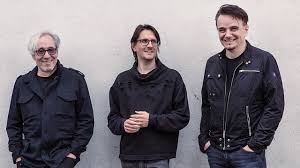
The album starts with “Harridan”. This 8 minute song begins with a funky bass riff, similar to Primus. This style of bass playing already clashes with the soft full tone you would expect from Colin, but is more in line with Nick Beggs work on “Luminol” from Steven’s solo album The Raven That Refused to Sing. Gavin and Richard’s style are immediately evident. Gavin’s complex yet clear and precise drumming suiting the groove, and Richard’s ambient keyboard tones filling in the empty space. It is an upbeat and driving tune, with a very quick chorus. Tonal wise I loved it, but felt like it didn’t have a hook. Steven’s distorted vocals was a welcome return, and it has a wonderful soft middle section for contrast. Upon repeated listens, I realized the chorus had a better hook than I initially realized, and as an opener and reintroduction to the band, it is a definite success.
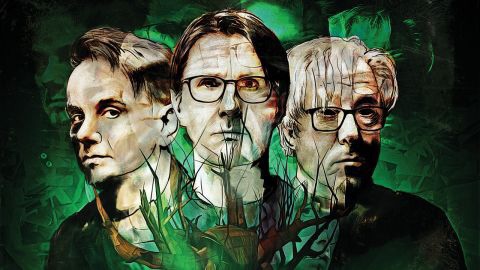
“Of the New Day” was the second single released and while it showed the ballad style that Porcupine Tree has always incorporated into their albums, having it second after such a big opener seemed like a drop in momentum. Also, the quick changing of odd time signatures seemed to make the pace more frantic, for what could have been a simple and beautiful song. The time changes become second nature with repeated listenings, and an upbeat middle section makes it so that you have already covered a lot of ground with these two tracks alone. I still would have loved to have seen a more stripped down version of this song later in the track list personally, but I can easily see it becoming a fan favorite.
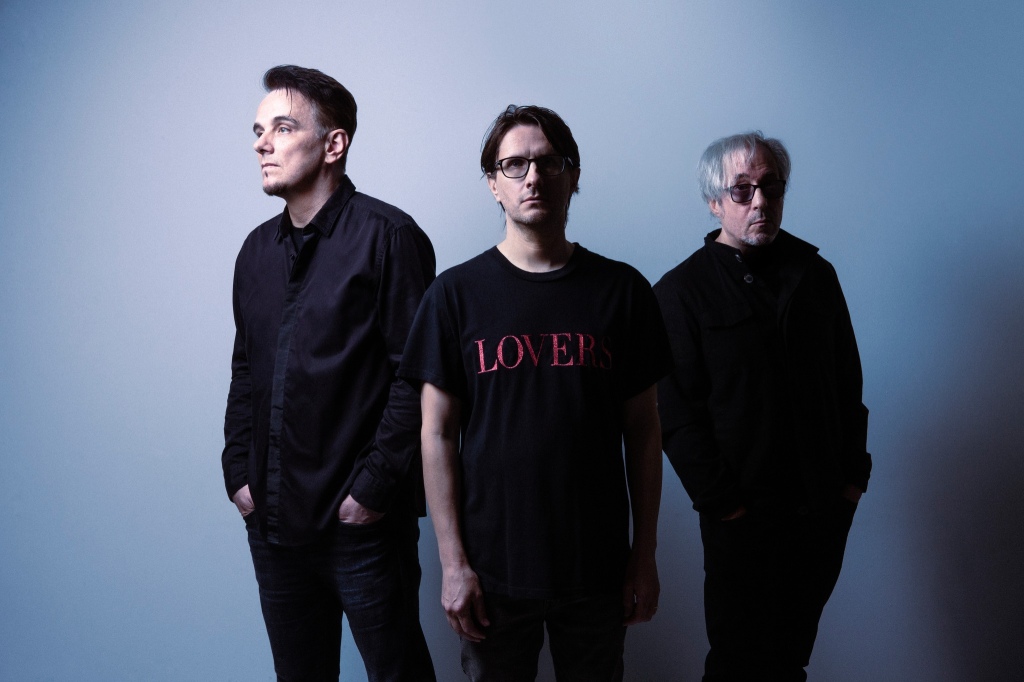
“Rats Return” is one of my favorite tracks on the album. While the band has walked the line between Prog Rock and Prog Metal (starting with In Absentia in 2001), this song sees the band at their most full on Prog Metal. Starting with a riff worthy of Dream Theater or Haken, it quiets during the verse to the strange and ambient sound we know and love from Porcupine Tree, especially on the Fear of a Blank Planet album. While the riffs and dynamic transitions give the impression of complexity, the structure itself is very simple, and it includes all three members doing with they do best which is why I love it so much.
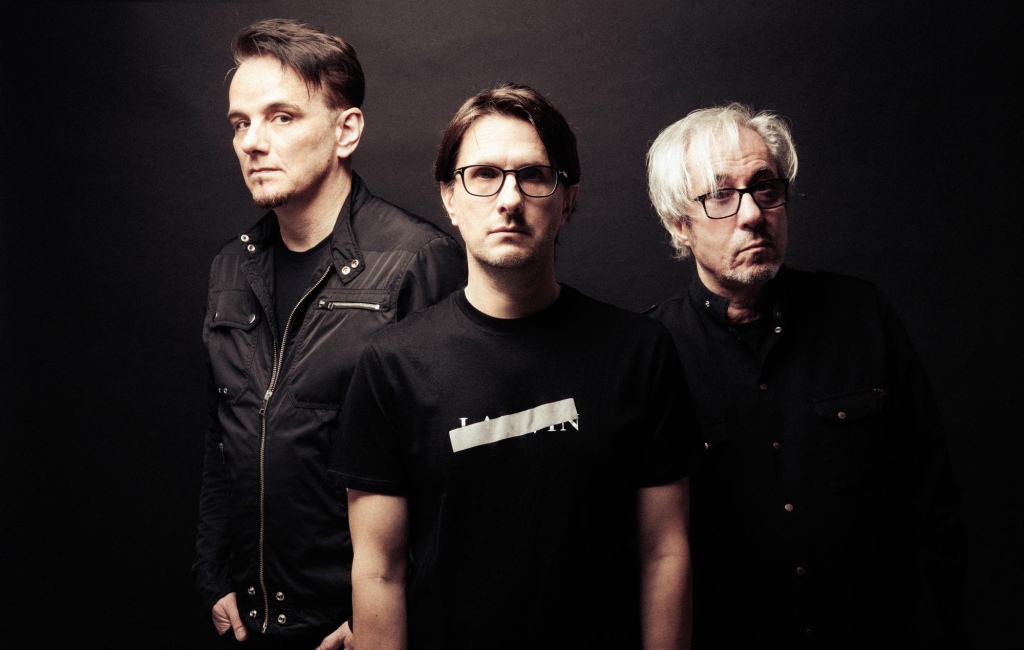
“Dignity” is kind of what I wanted “Of the New Day” to be as the second track, though it works quite well in the middle of the album as well. It is a delicate and beautiful song, that takes its time to build up, and has some wonderful harmonies, melodies, and lyrics. I especially love the classic rock riff after the chorus. It blends old and new quite well with the mellotron sound of the 60s meeting Muse like keyboard sounds in its bridge. It also has one of Steven’s best guitar solos over an electronic drum beat before returning to the song, and the huge finish at the very end is an added bonus. This song will sound massive live.

“Herd Culling” has similar issues for me as “Of the New Day”. It is a heavy track with glimpses of the last two songs of Fear of a Blank Planet, and should be on the same level as “Rats Return” for me in theory. But these two songs are some of the rare occasions where I feel like the band focused more on odd time signatures than suiting the song (something, Steven has often said is never his focus). The time signatures in my opinion make the song too frantic (something that is obviously it’s intention), but take away from the heavy riffs, throughout or the great vocal melodies in the middle of the song. Maybe it’s just my ear struggling to hear the rhythm, but as a fan of lots of complex bands and songs, these gripes are not something I expected to have on this record.
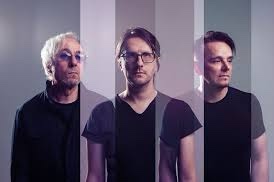
“Walk the Plank” is possibly the most straight forward song on the album, but it’s also very effective because of that. It incorporates the electronic and industrial elements of “Bonnie the Cat” and the title track off of The Incident with the funky grooves of “Eminent Sleaze” off of Steven’s most recent solo album The Future Bites. It is a great song to place on the second half of the album because it is amongst the darker and more complex tracks, but it does not lose the overall feeling of them.
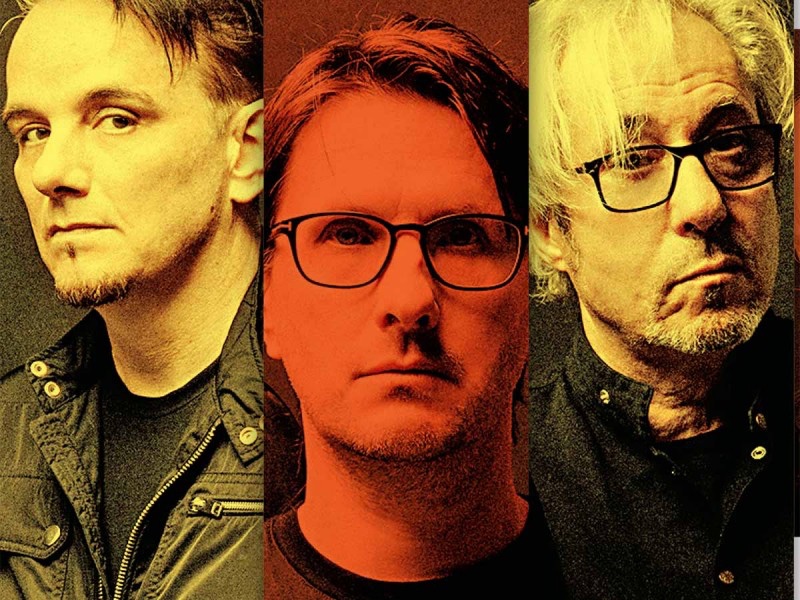
“Chimera’s Wreck” is the epic closer, clocking in at 9 minutes and 40 seconds. If “Dignity” was the more uplifting counterpart of the 1960s Prog inspired songs on the album, “Chrimera’s” is the sadder and darker tune. With a Genesis like arpeggiated guitar intro and an ethereal call and response during the verses, the lyrics are amongst the saddest lyrics; a bold statement for a man who has made a career exploring that side of the spectrum. The main hook contains the lyrics, “I’m afraid to be happy and I couldn’t care less if I was to die”. This hook builds up with great bass playing and Gentle Giant like wordless vocals. This is followed by great riffing, a guitar, falsettos, and an abrupt ending.

Every song on this album has merit, and in total, it is probably the band’s most progressive AND most metal album. However, the flow of the album is not nearly is good as that of the last few releases by the band, and once it is over, you struggle to remember exactly what it is that you have listened to. Repeated listens will obviously help with this, and every song would be amazing to see live. But as a complete album, I have trouble seeing it in the same realm as Fear of a Blank Planet or even The Incident. Plus, some of the bonus tracks from the deluxe edition were great and could have helped the album with flow and pacing. And as a fan, I’m tired of dishing out $100+ for a few extra tracks that should have been on the finished product. But with all my complaints, it is wonderful to have new PT in the world, and I’m hoping it won’t be the last.
